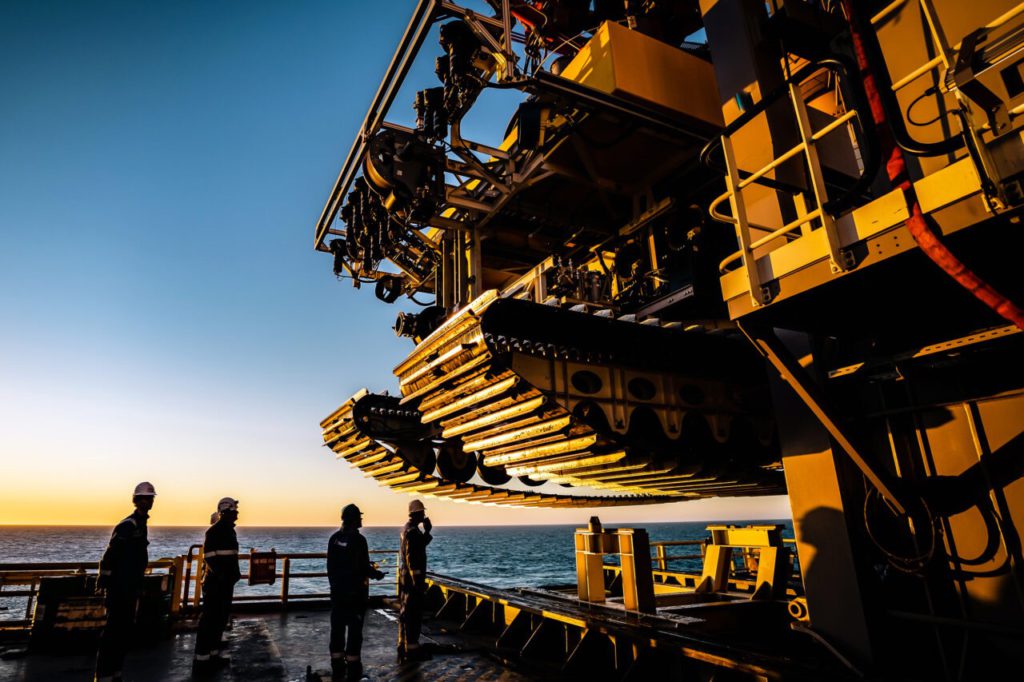BAN SEA FLOOR MINING
Study shows seafloor cobalt, nickel mining dramatically lowers battery metals environmental impactFrik Els | March 21, 2023 |

Image: TMC March 2023
The Metals Company (TMC) on Tuesday released the results of a lifecycle assessment of the environmental impacts of the company’s NORI-D Polymetallic Nodule Project carried out by Benchmark Mineral Intelligence.

TMC’s project in the Clarion Clipperton Zone (CCZ) in the Eastern Pacific Ocean, between Hawaii and Mexico aims to bring online the planet’s largest undeveloped deposit of battery metals. The nickel, cobalt, manganese and copper are found in potato-sized rock-like nodules.
The Benchmark study assessed, among others, the global warming potential, acidification, eutrophication, particulate matter formation and water consumption of mining, transport, processing and refining of the metals including an intermediate NiCuCo matte product and end-products nickel sulfate, cobalt sulfate and copper cathode.
The comparison to producing the same metals via key land-based routes, including from Indonesian nickel laterites and mixed cobalt and copper sulfides and oxides mined in the Congo showed NORI-D performed better in almost every impact category.
Currently the DRC is responsible for some 70% of global cobalt production, while Indonesia’s share of nickel output has grown to over 40%. NORI-D only underperforms when it comes to global warming potential and water consumption of cobalt sulfate from one land-based route from the DRC refined in China.
When it comes to nickel production the comparative impacts are particularly dramatic – the study found that Vancouver-based TMC’s nickel sulfate product would outperform not just Indonesian nickel but all other key land-based production routes, lowering emissions by between 70-80% on average, including with 70% lower global warming effects.

New seabed mining code
The International Seabed Authority (ISA) has been working on a framework for deep sea mining since 2014 and is set to issue its approved mining code within months.
It is estimated that 21 billion tonnes of polymetallic nodules are resting on the ocean floor in the CCZ. Almost 20 international mining companies have contracts to explore the region, which spans over 5,000 kilometers and is considered the most prolific area for ocean mining.
TMC through its subsidiaries holds exploration and commercial rights to three polymetallic nodule contract areas in the CCZ regulated by ISA and sponsored by the governments of Nauru, Kiribati and the Kingdom of Tonga.
Millions of years old, the nodules grow by absorbing metals from the seawater, expanding slowly around the core of a shell, bone, or rock.
No comments:
Post a Comment